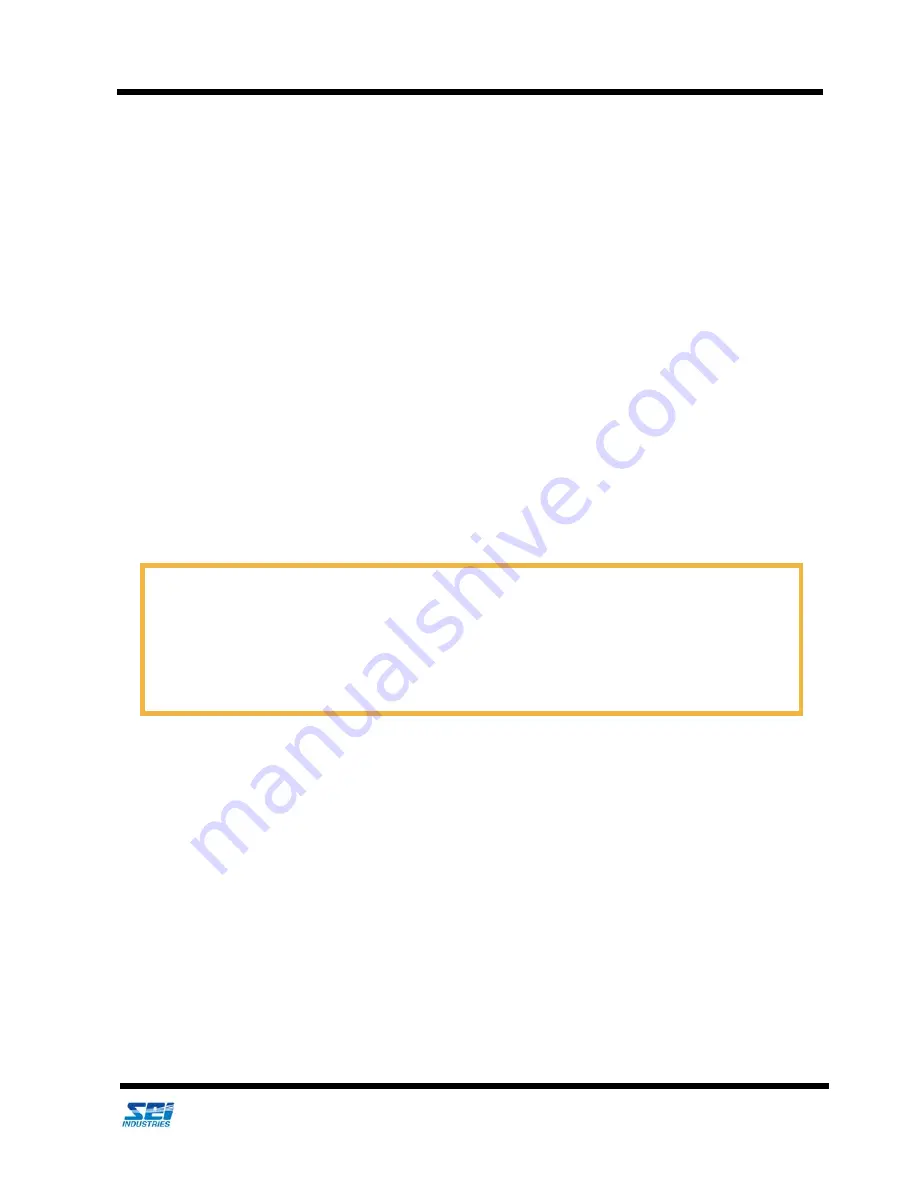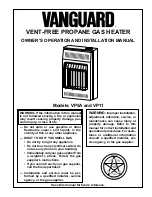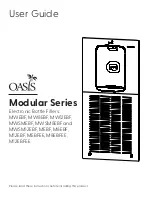
Section 5: Maintenance and Repair
Repairs
2019 BATT Diesel/Jet Fuel Operations Manual
(Version K)
17
We Engineer Solutions
4.
Clean damaged area and 2" beyond it, and the corresponding patch side with an abrasive pad and
Cotol-240 (or isopropyl alcohol). The area should be clean and dry with a dull matte finish.
5.
Support the damaged area on a flat, solid platform. This platform should be strong enough to sup-
port the fabric (flat) and allow the patch to be rolled once it is in place.
6.
Create backing with wax paper or masking tape.
7.
Apply Aquaseal to both the patch and the area a little larger than the patch will cover (to ensure
that no patch edges will peel up).
8.
If not using Cotol-240, wait 1-2 minutes or so until the glue is tacky on both sides and place the
patch on the area.
9.
If use Cotol-240 mix (one part Cotol-240 with two or three parts Aquaseal), wait 30 minutes or so
until the glue is tacky on both sides and place the patch on the area.
10. Roll patch down with the roller. Place the center of the patch down first and then roll it out
towards the edges with the roller.
11. Place a piece of waxed paper over the patched area; place a heavy flat object over the top of the
waxed paper.
12. Keep the repaired surface flat with a heavy object on top of it for 12 hours if not using Cotol-240
mix or 6 hours if using Cotol-240 mix.
Important Note
Aquaseal is a moisture-cure adhesive. To prevent the unused portion from hardening in the tube,
follow these steps. Squeeze Aquaseal right up to the opening so there's no air pocket, then put
some Vaseline or equivalent on the threads before screwing on the cap. Put the tube in a zip-seal
bag and store it in the freezer. When you're ready to use the tube again, warm it at room
temperature or in a bag in warm water.
















































